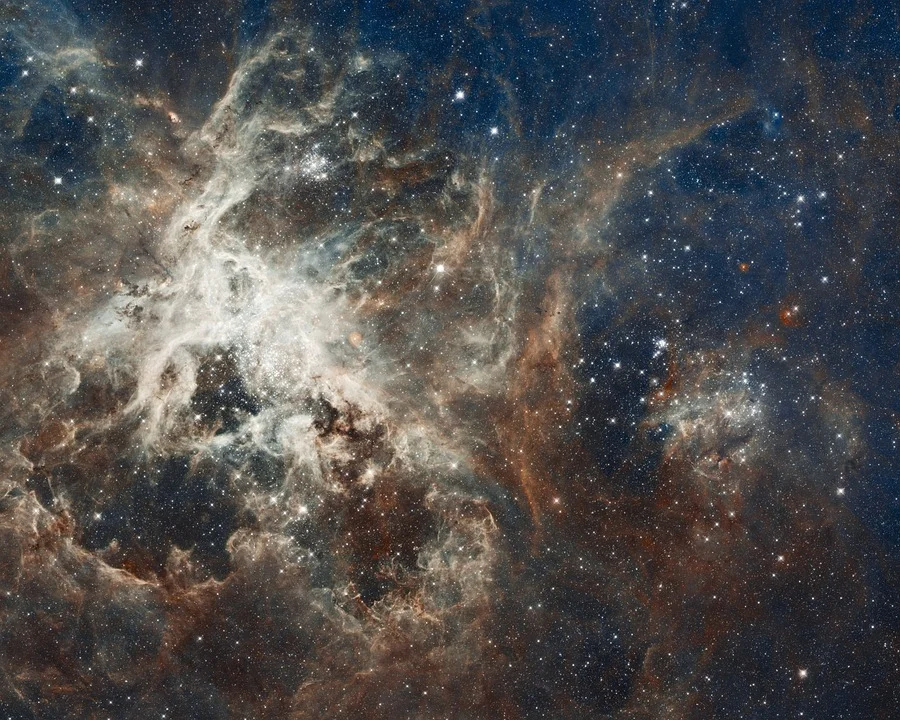The world of space tech is both interesting and multifaceted. This article looks at several pieces of iconic technology that have shaped the way we discover the great unknown.
From reusable satellites to microwaves – it’s incredible to see just how far space tech has grown and improved over the years. It’s a budding field with new technological improvements made all the time. The field also has a lot of funding pouring in from all over the globe, with governments wanting to get in on the space race. We’re going to look into some iconic space technology in this article, both new and old, that has had a lot of impact in the field. Let’s jump right into it.
Small Satellites
These types of satellites have become increasingly popular over the past few years. Small-scale satellites are much cheaper to make and can be mass-produced with ease. Most space startups prefer to launch these because they are more user-friendly than their larger counterparts. The world is going to see a lot more of these, given our demands for GPS technology, which is heavily dependent on small communication satellites.
Low Earth orbit satellites
These travel quite close to the surface of the Earth, normally no more than a thousand kilometers above. Typically, they can be as low as 160 km. They are relatively easy to launch with the help of modern rockets, and they do not weigh as much as conventional satellites.
NeoWISE Probe
This probe conducted two unique missions in its lifetime. First of all, it created one of the most robust surveys of our galaxy ever recorded, discovering everything from stellar nurseries to brown dwarf stars. Even today, astronomers are still carrying out data analysis using the data that was collected. After the initial WISE probe launched, a follow-up named NeoWISE surveyed our solar system for comets and asteroids near Earth. Numerous near-Earth objects need to be mapped because some of them could prove to be dangerous for life on Earth. This piece of technology, therefore, helps us mitigate risks and assess any likely impacts that could have a devastating effect on the human race. Ever since the first mission in 2009, the probe survived much longer than had been anticipated, so the initial mission was extended a number of times to gather additional data.
Propulsion technology
One of the most important subsystems for satellite constellations is smart propulsion technology. Companies are always looking for better ways of reducing the cost and environmental impact of missions. Several types of propulsion tech are currently being used, ranging from green propulsion to electric propulsion and more. There are even iodine-based systems that propel spacecraft and satellites into outer space.
SELENE Orbiter
Japanese-based space programme JAXA launched this unique satellite back in 2007. It was later renamed Kaguya, which means “Moon princess.” Scientists launched it to carry out geological surveys and gather data on the magnetic field around the Moon. It’s offered scientists the most accurate, detailed maps of the main surface to date.
Reconnaissance Orbiter
Forget 3d printing in the space industry, the Mars Reconnaissance Orbiter created by NASA in 2005 is some seriously complex piece of technology! It is capable of analyzing geological features and has a built-in mass spectrometer onboard, allowing it to detect the chemical composition of Mars. Scientists are very interested in whether Mars has water on its surface, and the data capturing capabilities of this orbiter can easily detect this. In fact, the orbiter has managed to find Martian water! Onboard, there is a camera that can take pictures of objects as small as a dinner table. It has provided us with several breathtaking shots of the planet’s surface. Currently, it has also managed to capture images of three different rovers that are parked on the surface of Mars.
Space tech continues to fascinate us
Hopefully, it’s clear to see that innovations in space tech are fascinating and have had an enormous influence on today’s society. Through innovation, improvements have been made to all aspects of our lives, from fostering economic development to communicating with others. What will be the next piece of technology that will make its mark on the world? Only time will tell.
What aspect of space tech development do you find most interesting and why? Share your thoughts in the comments section below.
